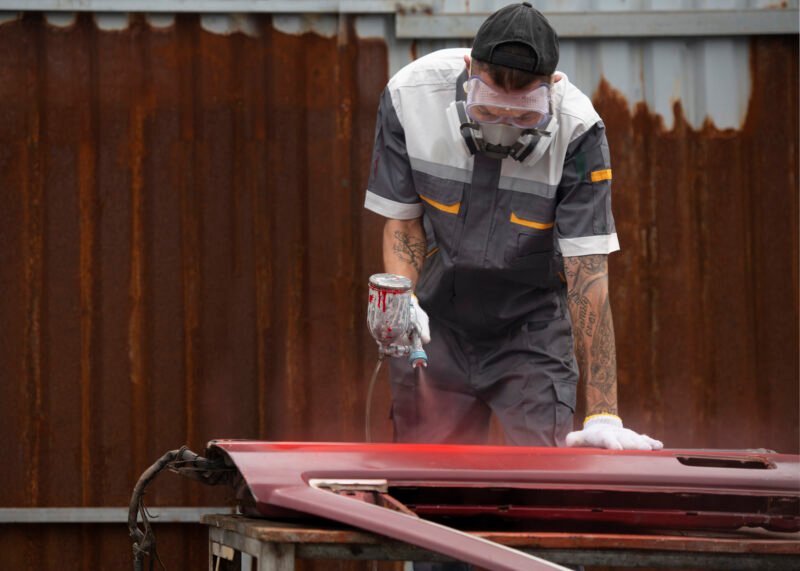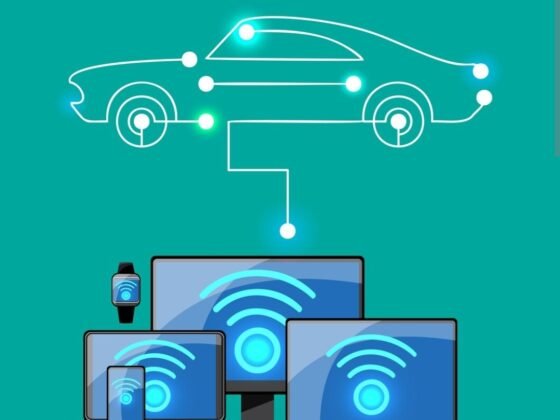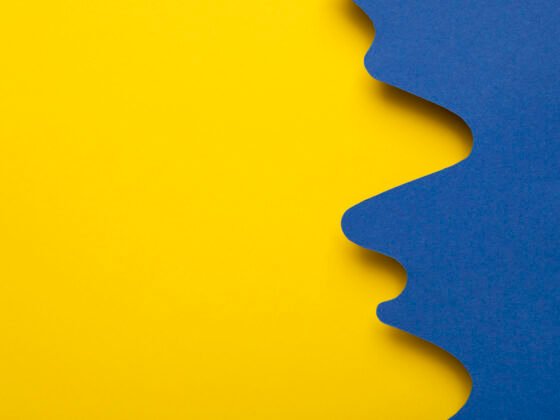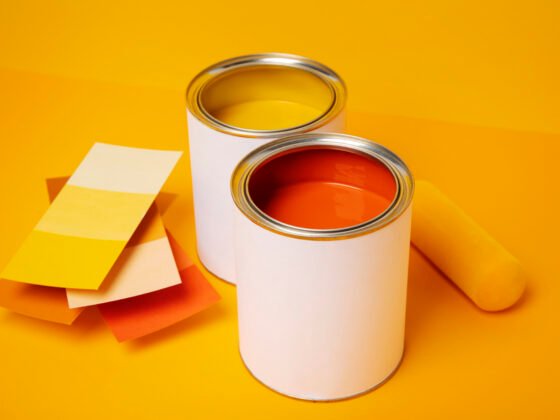Epoxy primers are a cornerstone in the automotive industry, known for their superior adhesion and rust-prevention properties. If you’re tackling a car restoration or repair project, understanding the role of epoxy primers can elevate the quality of your work. This guide will walk you through everything you need to know about epoxy primers for automotive applications, from their benefits to application techniques.
What is Epoxy Primer?
Epoxy primer is a two-component coating consisting of a resin and a hardener. It creates a robust, corrosion-resistant base layer on metal surfaces, providing excellent adhesion for subsequent paint layers. Epoxy primers are commonly used in automotive projects due to their ability to bond to various surfaces like bare metal, fiberglass, and previously painted areas.
Key Benefits of Epoxy Primer
Epoxy primers are indispensable in the automotive world because of their versatile benefits. Here’s why they are highly recommended:
1. Corrosion Resistance
Epoxy primers act as a barrier, protecting the underlying metal from moisture, salt, and other elements that cause rust. This is especially crucial for vehicles exposed to harsh environments.
2. Superior Adhesion
One of the standout properties of epoxy primer is its ability to adhere strongly to bare metal. This provides a stable foundation for additional coatings like urethane primer, basecoat, or clear coat.
3. Durability
The tough, resilient nature of epoxy primer ensures that it won’t chip, crack, or peel over time, even under extreme conditions. This durability makes it an excellent choice for vehicles that endure regular wear and tear.
4. Versatility
Epoxy primers can be applied to various substrates, including steel, aluminum, and fiberglass. They are also compatible with a wide range of topcoats, making them ideal for complex automotive projects.
5. Ease of Sanding
Once cured, epoxy primers can be sanded smoothly, ensuring a flawless finish for the subsequent layers of paint.
When to Use Epoxy Primer in Automotive Applications
Epoxy primers are suitable for several automotive scenarios, such as:
- Bare Metal Preparation: Use epoxy primer when working on raw metal surfaces to protect against rust and provide a strong base for paint.
- Bodywork Repairs: Apply it over areas repaired with body filler to ensure uniform adhesion and surface leveling.
- Restoration Projects: Ideal for classic car restorations, where rust prevention is a priority.
Types of Epoxy Primers
Epoxy primers come in different formulations to suit specific needs:
1. High-Build Epoxy Primer
Designed to fill minor imperfections, high-build epoxy primers create a smooth, even surface. They are ideal for restoration projects requiring extensive sanding and refinishing.
2. Direct-to-Metal (DTM) Epoxy Primer
This type adheres directly to bare metal without the need for an etching primer. It’s a time-saving option for automotive professionals.
3. Tintable Epoxy Primer
Tintable primers can be mixed to match the color of your topcoat, reducing the number of paint layers required and improving coverage.
Steps to Apply Epoxy Primer on Automobiles
Follow these steps to achieve professional-grade results with epoxy primer:
1. Surface Preparation
- Clean the Surface: Remove grease, dirt, and debris using a degreaser or wax remover.
- Sand the Metal: Use sandpaper (grit 80–120) to roughen the surface, ensuring better adhesion.
- Remove Rust: Treat any rusted areas with a rust remover or sandblast for optimal results.
2. Mix the Primer
- Mix the epoxy primer and hardener as per the manufacturer’s instructions. Use a mixing ratio typically provided on the product label.
- Stir thoroughly to ensure a consistent blend.
3. Application
- Use a spray gun for even application. Set the pressure and nozzle size according to the primer specifications.
- Apply the first coat in thin, even layers. Allow it to flash off (dry partially) before applying the second coat.
- Two to three coats are usually sufficient for adequate coverage.
4. Drying and Curing
- Allow the primer to cure completely as recommended (usually 24–48 hours). Curing times may vary depending on temperature and humidity.
5. Sanding
- Once cured, wet sand the surface with fine-grit sandpaper (400–600 grit) to achieve a smooth finish before applying the topcoat.
Tips for Using Epoxy Primer
- Work in a Ventilated Area: Ensure proper ventilation when working with epoxy primer, as it emits strong fumes.
- Wear Protective Gear: Use gloves, safety glasses, and a respirator mask to protect yourself from chemicals.
- Check Compatibility: Ensure that the epoxy primer is compatible with your chosen topcoat for the best results.
- Follow Manufacturer’s Instructions: Always adhere to the product guidelines for mixing ratios, drying times, and application techniques.
Common Mistakes to Avoid
1. Skipping Surface Preparation
Failing to clean and sand the surface can lead to poor adhesion and premature paint failure.
2. Over-Thinning
Over-thinning the primer can reduce its effectiveness and compromise corrosion resistance.
3. Applying Too Thickly
Thick coats may lead to runs or sagging. Always apply multiple thin layers for better control and finish.
Conclusion
Epoxy primers are a game-changer in automotive projects, offering unmatched rust protection, durability, and adhesion. Whether you’re restoring a classic car or performing routine repairs, investing in a quality epoxy primer ensures a professional and long-lasting finish. By following the correct application techniques and avoiding common mistakes, you can achieve stunning results that stand the test of time.
Make epoxy primer your go-to solution for automotive priming needs and enjoy the confidence of a flawless, protected surface!










